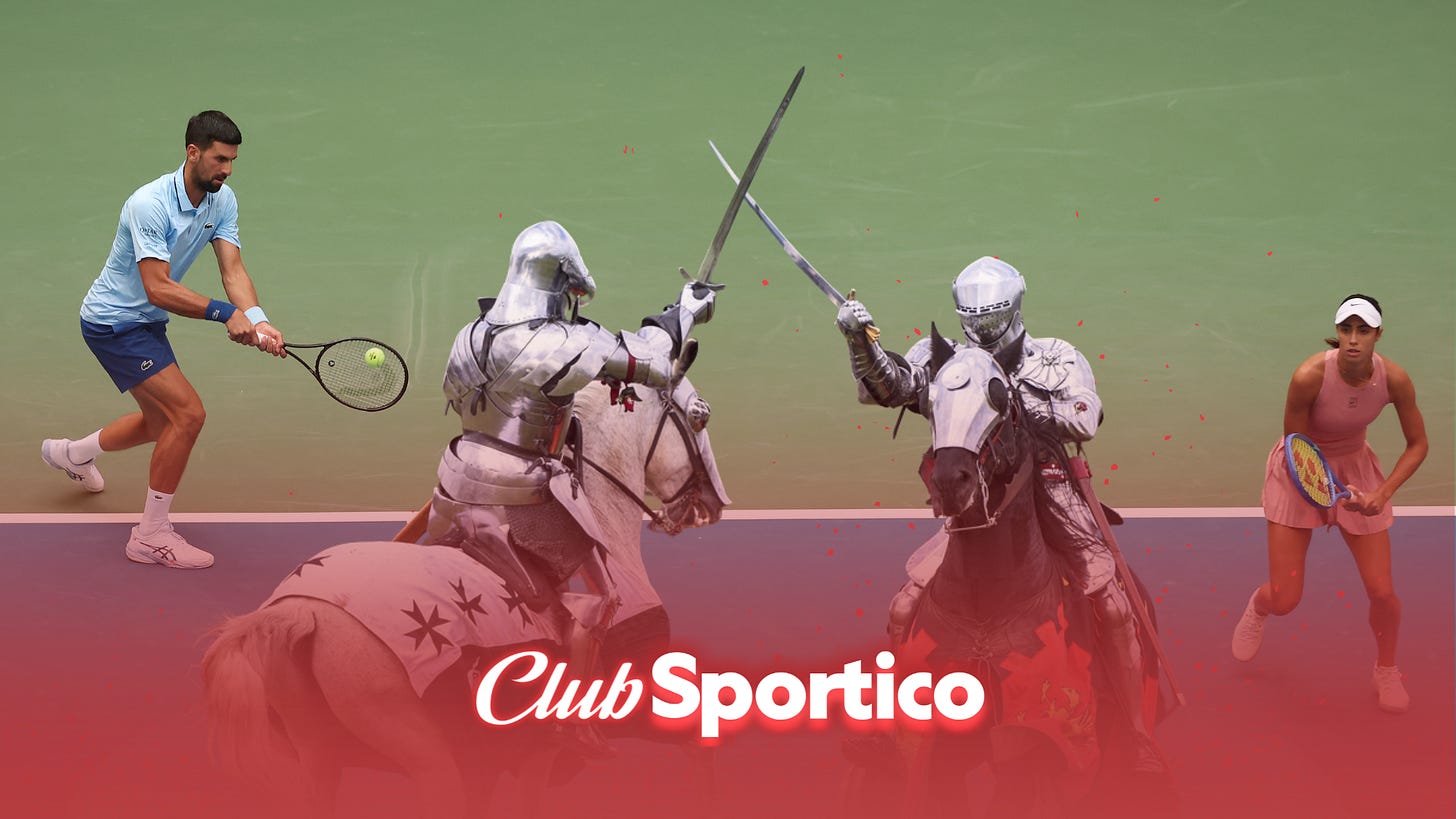“The seven kingdoms of tennis”
Why does this sport have to be so complicated?
Welcome back to Club Sportico, where we break down the intersection of sports and money—with an extra bit of humor and opinion. Today, we’re talking about ground strokes 🎾 and land grabs 👊.
July and August should universally be known as tennis season. From the start of Wimbledon through the end of the U.S. Open, the sport has an opportunity to grab fa…
Keep reading with a 7-day free trial
Subscribe to Club Sportico to keep reading this post and get 7 days of free access to the full post archives.



